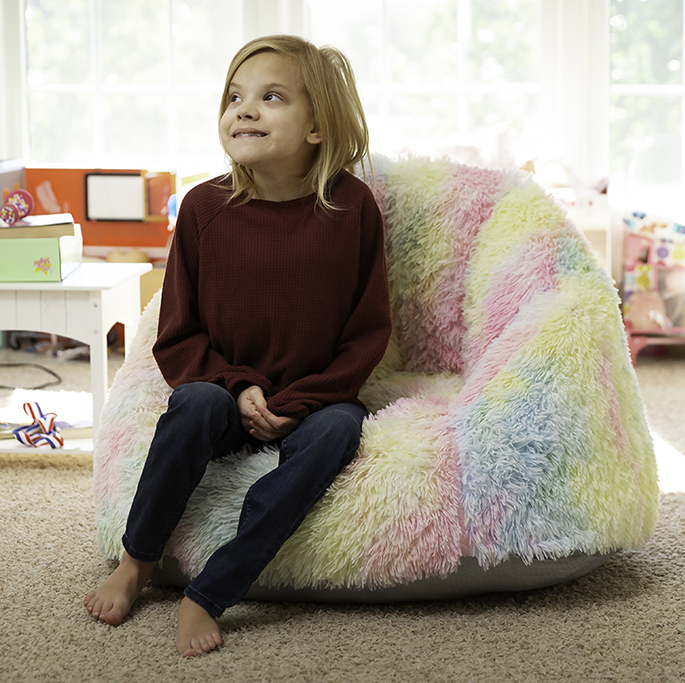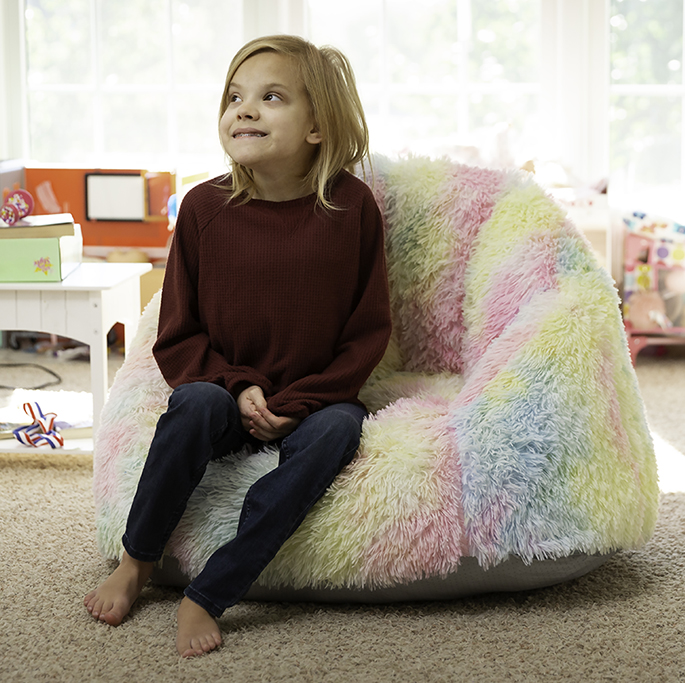Neurofibromatosis type 1 (NF1) plexiform neurofibromas (PN)
What is NF1 PN?
NF1 is a rare, progressive and genetic condition that involves the development of non-malignant (non-cancerous) tumors that may affect the brain, spinal cord and nerves. Initial signs of NF1 may include ‘café au lait’ spots (flat, light brown spots on the skin) and neurofibromas (soft lumps on and under the skin).1-2
Up to 50% of children with NF1 will develop non-malignant tumors on the nerve sheaths called plexiform neurofibromas (PN). PN can appear anywhere inside or outside of the body. They are often identified in infancy or childhood but may also appear later in a person’s life.3-5
Some PN can grow fast and become large, which can progressively interfere with normal physical functions. Although PN may start as non-malignant, a small proportion (~10%) will later become malignant (cancer). In certain cases, surgery may be done to remove some PN, but PN are often considered inoperable, meaning they cannot be totally removed by surgery, or the surgery poses a high risk.5-7

Kendall, living with NF1
Symptoms
PN can cause a range of problems depending on where they are in the body, including:8-10
Disfigurement
Muscle weakness
Numbness
Breathing problems
Bladder or bowel problems
Visual impairment
References
- Tamura R. Current Understanding of Neurofibromatosis Type 1, 2, and Schwannomatosis. Int J Mol Sci. 2021;22:5850.
- Ly K, et al. The diagnosis and management of neurofibromatosis type 1. Med Clin North Am. 2019;103(6):1035-1054.
- Miller DT, et al. Health supervision for children with neurofibromatosis type 1. American Academy of Pediatrics. 2019;143(5).
- Hirbe AC, et al. Neurofibromatosis type 1: a multidisciplinary approach to care. The Lancet Neurology. 2014;13(8):834-843.
- Abdelmoughit E, et al. Plexiform neurofibroma of the thigh: management experience and review of literature. J Pioneer Med Sci. 2015;5:103–106.
- Knight SWE, et al. Malignant peripheral nerve sheath tumors – a comprehensive review of pathophysiology, diagnosis, and multidisciplinary management. Children. 2022;9(38):1-14.
- Bergqvist C, et al. Neurofibromatosis 1 French national guidelines based on an extensive literature review since 1966. Orphanet J Rare Dis. 2020;15(1):37.
- Fisher JM, et al. Management of neurofibromatosis type 1-associated plexiform neurofibromas. Neuro Oncol. 2022;24(11):1827-1844.
- Bajaj, A. The neural pleonastics – neurofibroma. Journal of Clinical and Medical Images. 2020;5(4);1-6.
- Georgios T, et al. A review neurofibromatosis type 1: quality of life in children and adolescents. International Journal of Health Sciences. 2024;8(2):194-210.
Veeva ID: US/UNB-NF1/0228

